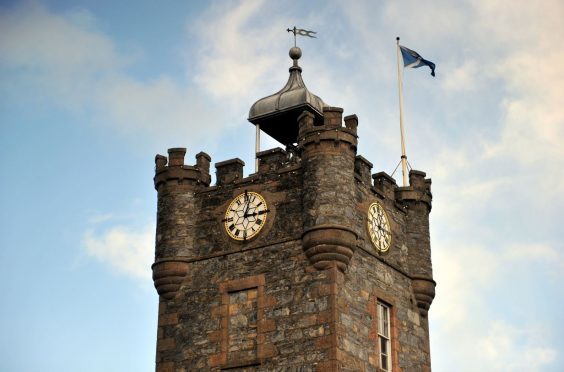A plaque will be unveiled in a Speyside community tonight to remember a legendary poet.
Mary Symon penned some of the best-known works about the impact the World War One had on the people of Scotland.
Her most memorable poetry told of the heartbreak of those left behind following the conflict.
The writer, who was born in 1863, lived in Dufftown until her death in 1938.
Tonight a plaque will be unveiled at the town’s clock tower to remember her.
A procession will gather at the local British Legion hall tonight at 6.30pm before proceeding to the clock tower to unveil the memorial.
Students from Mortlach Primary School and Speyside High School will read some of Mrs Symon’s work during the event.
The plaque is one of five funded by Historic Environment Scotland across the country to remember figures who told their stories and experiences of the First World War through poetry and art.
A poem penned by the Moray wordsmith was beamed across some of Scotland’s most famous landmarks to celebrate St Andrew’s Day in 2015.
Moving words from one of her pieces, entitled Hame (St Andrew’s Day under the Southern Cross), were projected onto the Kelvingrove Art Gallery in Glasgow, the Schiehallion mountain in Perthshire, Scone Palace, Edinburgh’s Usher Hall and Tron Kirk, and Glasgow Science Centre.
Hame (St Andrew’s Day under the Southern Cross), written in Doric, describes the emotions of First World War servicemen abroad as their thoughts turn towards their homes.










